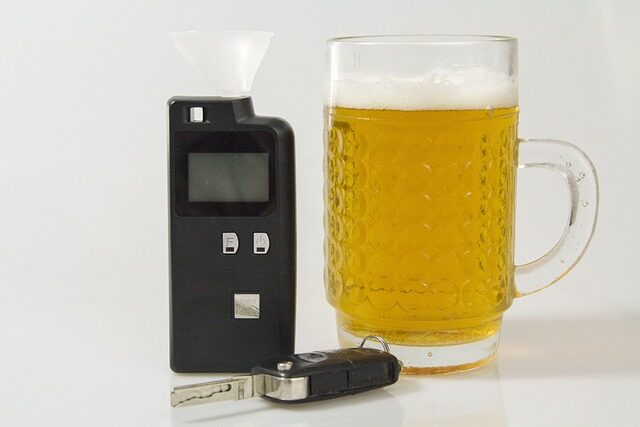
Driving under the influence (DUI) remains a pressing concern across the globe. According to the CDC, 30% of all traffic-related deaths in the United States were caused by driving under the influence. Countless lives have been lost and numerous others are irreparably changed due to accidents caused by impaired drivers. The statistics paint a grim picture, with DUI-related accidents accounting for a significant proportion of all road fatalities.
Such incidents not only bring trauma to individuals and families, but also bear substantial economic costs in terms of medical bills, legal processes, and infrastructure damages. Given the profound impact of DUIs on public safety, there’s a dire need to identify and implement effective preventive measures.
This article explores the technological advancements that are shaping the future of DUI prevention. From traditional breathalyzers to advanced car interlocks, we will discuss how modern innovations are being harnessed to combat the menace of drunk driving. Technology, when judiciously applied, can play a transformative role in mitigating, if not eradicating, the scourge of DUIs.
DUI Prevention
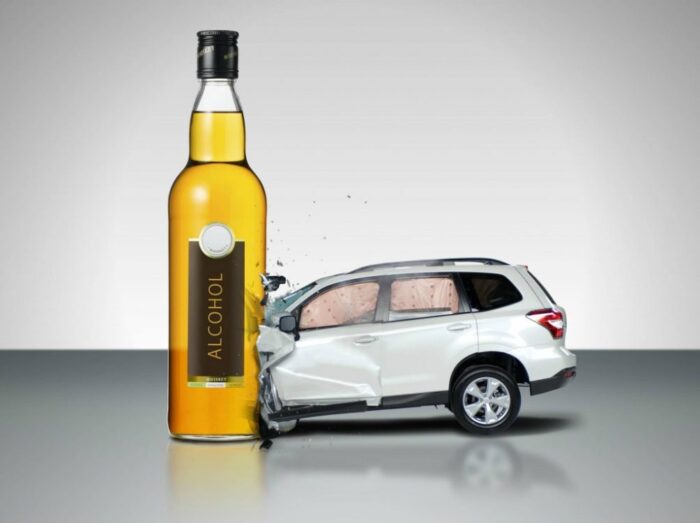
Historically, efforts to combat driving under the influence (DUI) have primarily centered around a combination of checkpoints, educational campaigns, and legal penalties. Checkpoints, often set up during peak hours or on high-risk days, act as a deterrent, catching potential offenders in the act. Meanwhile, educational campaigns aim to raise awareness about the dangers of impaired driving, promoting safer choices like designating a sober driver. Legal penalties, ranging from hefty fines to incarceration, all require help from DUI lawyers and serve as a punitive measure for those caught breaking the law. As technology advances, new tools and methods for DUI prevention emerge. These technological innovations presented opportunities to proactively detect and deter impaired driving in ways that were previously unattainable, marking a significant shift in DUI prevention.
Breathalyzers
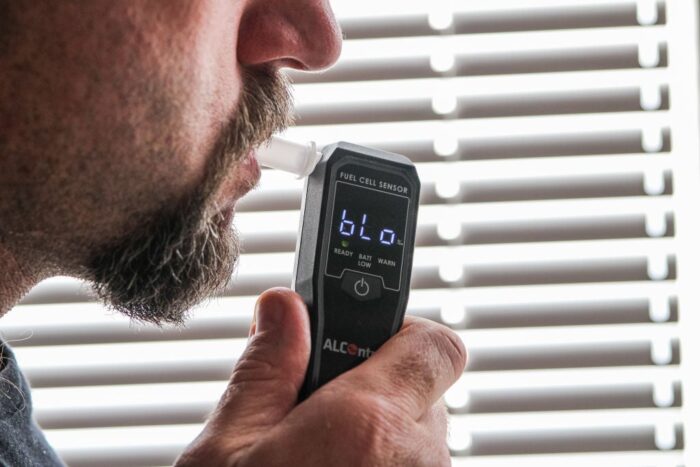
Development
Early breathalyzers, introduced in the mid-20th century, were rudimentary devices primarily used by law enforcement agencies. Over time, they underwent significant enhancements in both design and functionality. This evolution was propelled by the urgent need to provide more accurate and reliable results for DUI enforcement.
How They Work
The scientific principle of breathalyzers is the detection of alcohol present in one’s breath, which correlates to blood alcohol concentration (BAC). A chemical reaction involving alcohol produces a color change, or in advanced devices, an electrical signal change. The intensity of this change corresponds to the alcohol level, allowing the device to provide a numerical BAC reading.
Modern Breathalyzers and Advancements
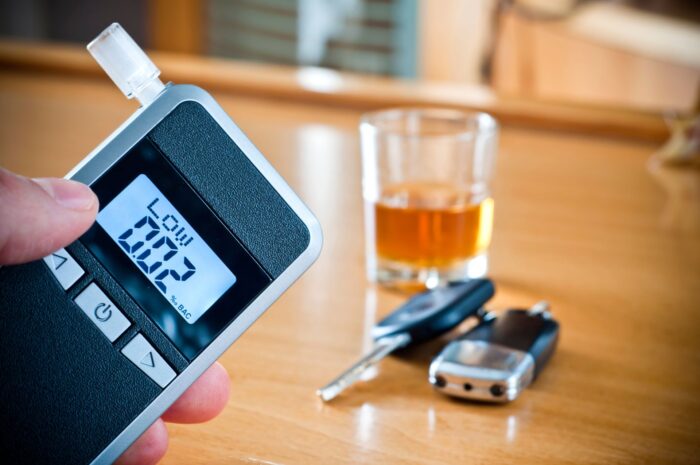
Today’s breathalyzers have come a long way from their predecessors. They now feature compact and portable designs suitable for personal use. Not only have they become more accurate, but they’ve also integrated with modern technologies, allowing connectivity to smartphones and real-time data sharing.
Car Interlock Devices
Ignition Interlock Devices (IID) are breathalyzer-based systems designed to be installed directly into vehicles. Their primary purpose is to prevent individuals under the influence of alcohol from starting and operating a vehicle, ensuring a proactive approach to DUI prevention.
How They Work
IIDs function by requiring drivers to provide a breath sample before starting their vehicle. If the device detects alcohol levels surpassing a predetermined limit, it prevents the car from starting. Some advanced IIDs also mandate periodic re-tests while the vehicle is in operation to ensure continued sobriety.
Effectiveness
Multiple studies have demonstrated the efficacy of IIDs in curbing repeat DUI offenses. For instance, the Centers for Disease Control and Prevention (CDC) noted that IIDs, when installed, reduce the recurrence of DUI incidents by approximately 67% among first-time offenders. This impressive reduction underscores the significant role IIDs play in enhancing road safety.
Advanced Technologies and Innovations
Driver Monitoring Systems
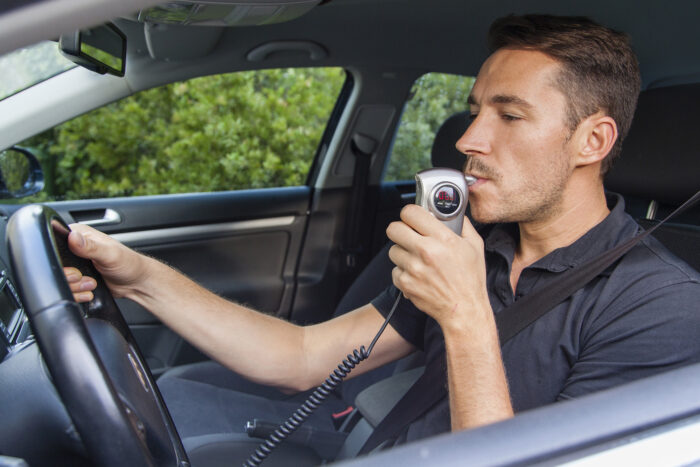
Driver Monitoring Systems (DMS) have emerged as a powerful tool in identifying signs of driver impairment. Utilizing technologies like facial recognition and advanced sensors, these systems can detect subtle cues such as drooping eyelids or erratic steering, indicative of potential impairment. When these signs are detected, the DMS can alert the driver or even trigger vehicle safety features.
Wearable Devices
The wearable tech industry has introduced devices like smartwatches that can estimate blood alcohol concentration (BAC) through the skin. These gadgets employ sensors to measure alcohol levels in sweat, offering users real-time feedback about their intoxication level. Such devices could serve as a personal reminder, urging users to avoid driving when alcohol levels exceed safe limits.
Autonomous Vehicles
Self-driving cars represent a potential game-changer in the fight against DUIs. By automating the driving process, these vehicles can virtually eliminate human error resulting from intoxication. According to the National Highway Traffic Safety Administration (NHTSA), autonomous vehicles could reduce traffic crashes by up to 94%, many of which are caused by human error, including impairment due to alcohol.
Smartphone Apps

Several smartphone apps have been developed to combat the issue of drunk driving. These apps employ various features, from estimating one’s level of intoxication based on input data to facilitating easy booking of rideshares when one is unfit to drive. Some even have the capability to notify designated contacts if the user’s reported intoxication level is high, ensuring an added layer of safety.
Public Response and Acceptance
Public perception of DUI prevention technologies remains mixed. While survey results often indicate a general appreciation for initiatives that enhance road safety, there is also palpable unease concerning surveillance and individual autonomy. Many applaud the advancements that reduce the likelihood of intoxicated driving, but simultaneously, there’s a growing concern about being constantly monitored or having personal freedoms curtailed. This dichotomy illustrates the challenge of striking the right balance between safety and individual rights in our technologically-driven era.
As the battle against DUIs rages on, technology emerges as a promising ally, offering innovative solutions that could redefine road safety. Yet, as with all advancements, the balance between leveraging these tools for public good and preserving individual freedoms remains delicate. Embracing these innovations judiciously could pave the way for safer roads while upholding the principles we hold dear.














